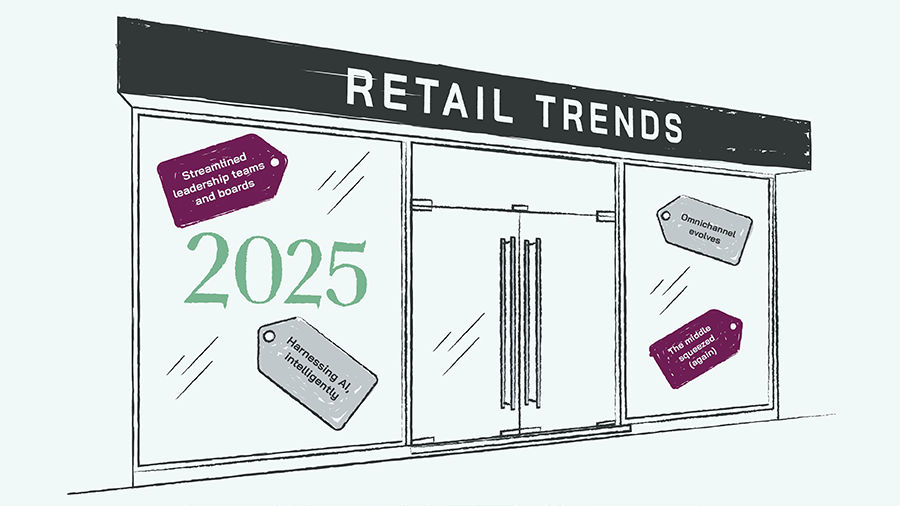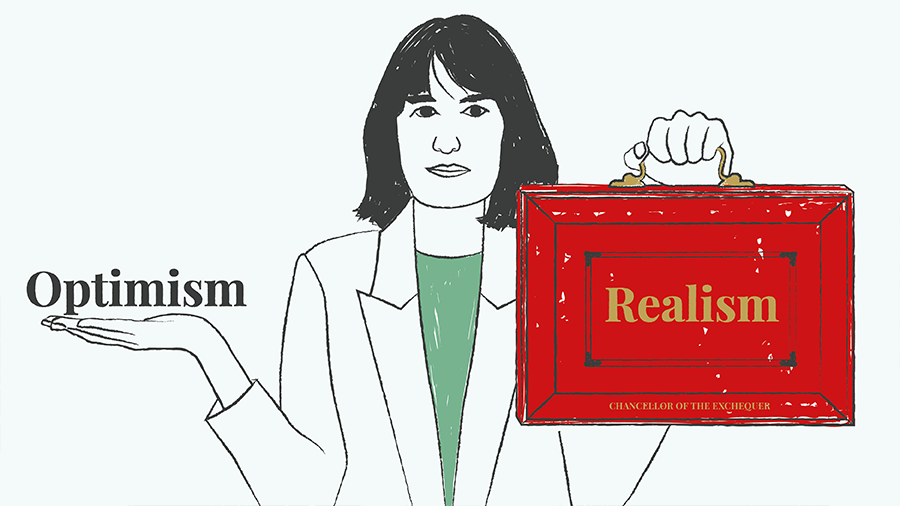More and more people are living alone, with major long-term consequences for retailers.
Not to start your Easter break on a downer, but did you know that 42 per cent of marriages now end in divorce? It’s particularly common after Christmas apparently, with witty lawyers cheerfully labelling January 2nd ‘Divorce Day’ due to the post-festive spike in calls from fed-up couples.

Many millennials are deciding not to bother getting married in the first place, opting instead for a more Instagrammable, ‘no strings attached’ single life, while an ageing population inevitably means more widows. The result is that single-person households now make up 28 per cent of the total in the UK, or 7.7 million, a figure the ONS expects to reach 10.7 million by 2039.
This may seem a rather depressing demographic trend, but it has a major potential upside for retailers. The reason? Single people spend more.
A recent poll found that young, single Londoners forked out £5,772 a year more, to be exact, than their coupled counterparts. Another study by Adweek revealed 43 per cent of singletons spent over £1,000 a year on clothes, against only 28 per cent of married people.
This creates a real opportunity for retailers that can meet the demands of this growing but perhaps neglected group. Sometimes this will affect product selection – supermarkets adapting portion sizes to create ‘serves one’ options, for example – while other times it’s a question of recalibrating your marketing, particularly in sectors that traditionally target couples and families, like home retail and package holidays.
Hostel World – admittedly a business that already targets single people – has for example noted a 42 per cent increase in solo travel bookings since 2015, as unattached millennials seek to exploit a fall in travel costs to ‘expand their horizons’, usually on trips explicitly marketed to singles. Home retailers meanwhile may find an opportunity in helping newly divorced people meet their predictable need for additional furnishings.
Much will depend on the details, of course. Nearly 60% under 45s living alone are male for instance, while two thirds of over-65s in single-person households are female. Single professionals will have vastly greater disposable income than single unemployed people.
But as singletons’ numbers and buying power grow – and don’t doubt that they will; this is happening around the world, most notably in South Korea where fewer than half of adults under 45 are now in couples – marketers will need to develop a firmer and more nuanced understanding of their circumstances, motivations, buying behaviours and values.
With thorough trend research and consumer profiling, however, retailers should be confident that they can develop strategies that specifically target this increasingly important market.
















